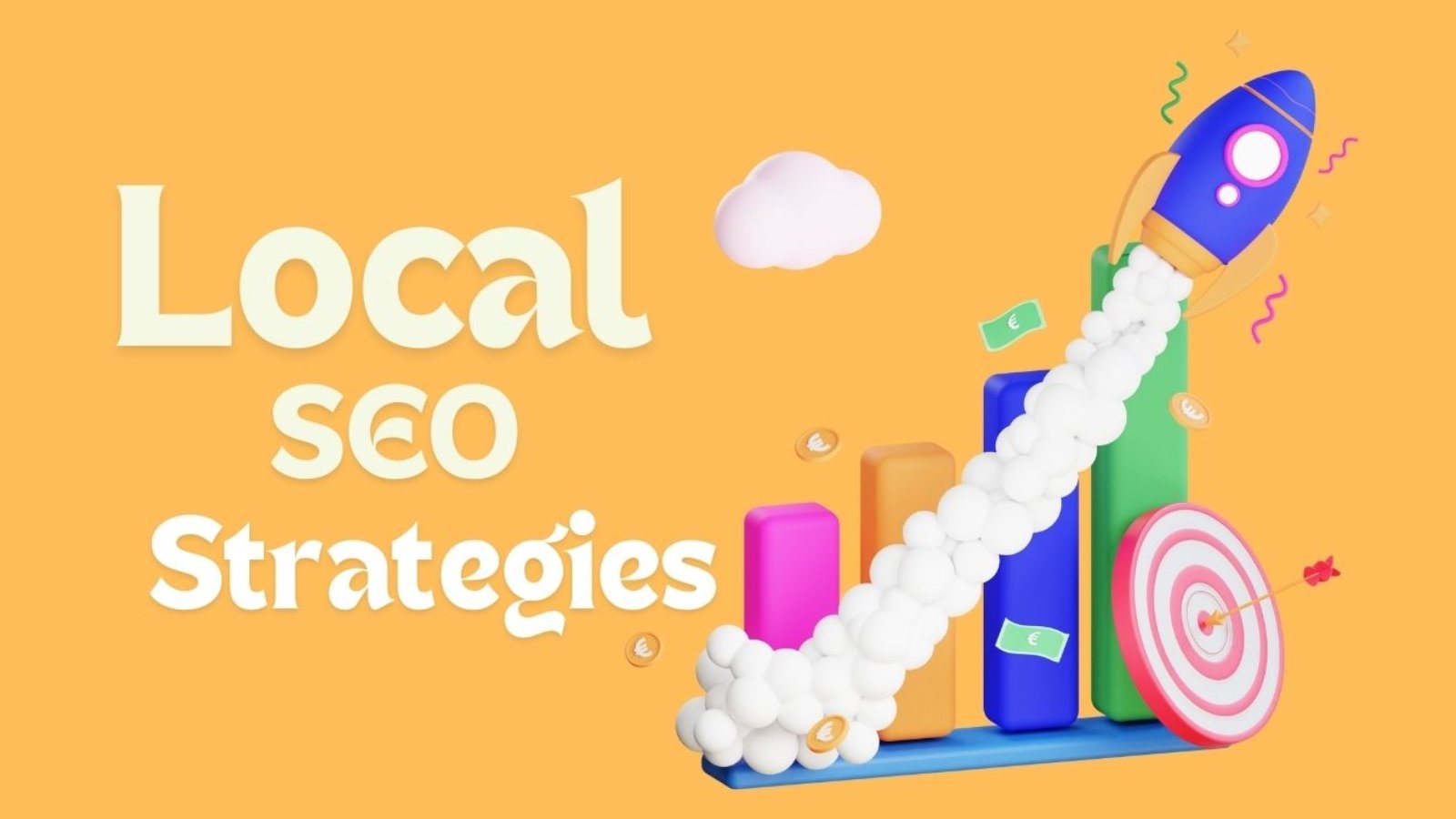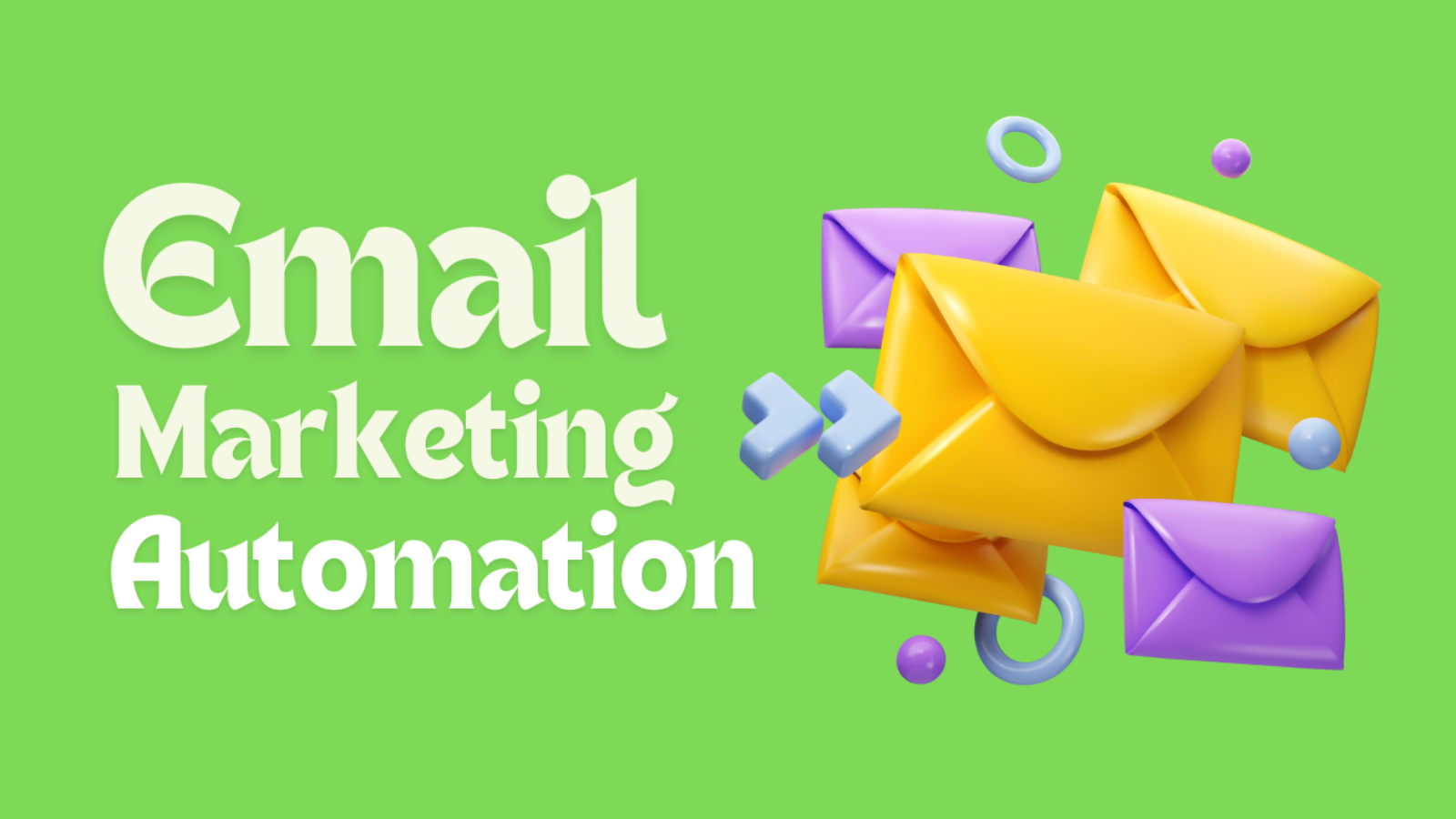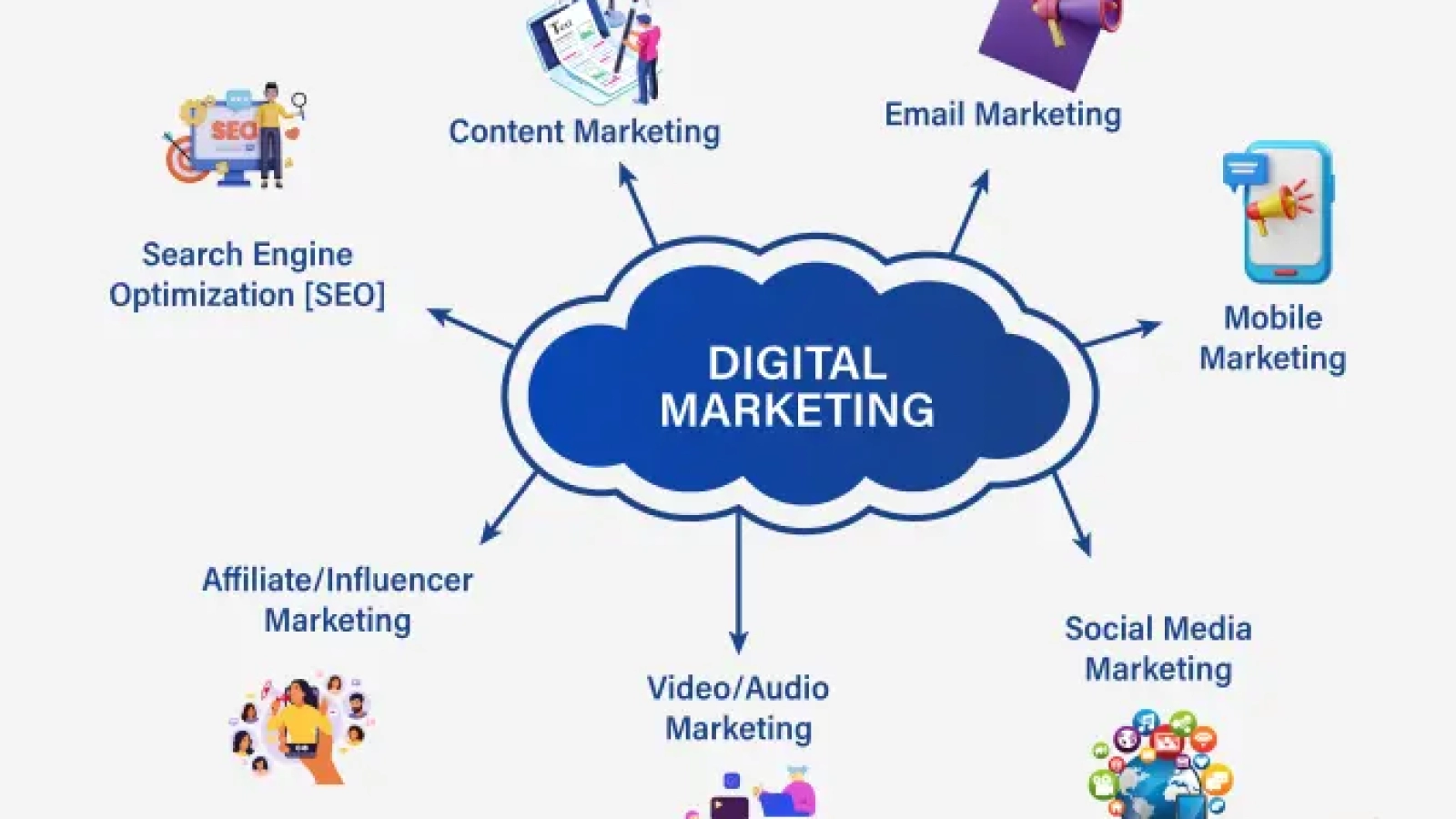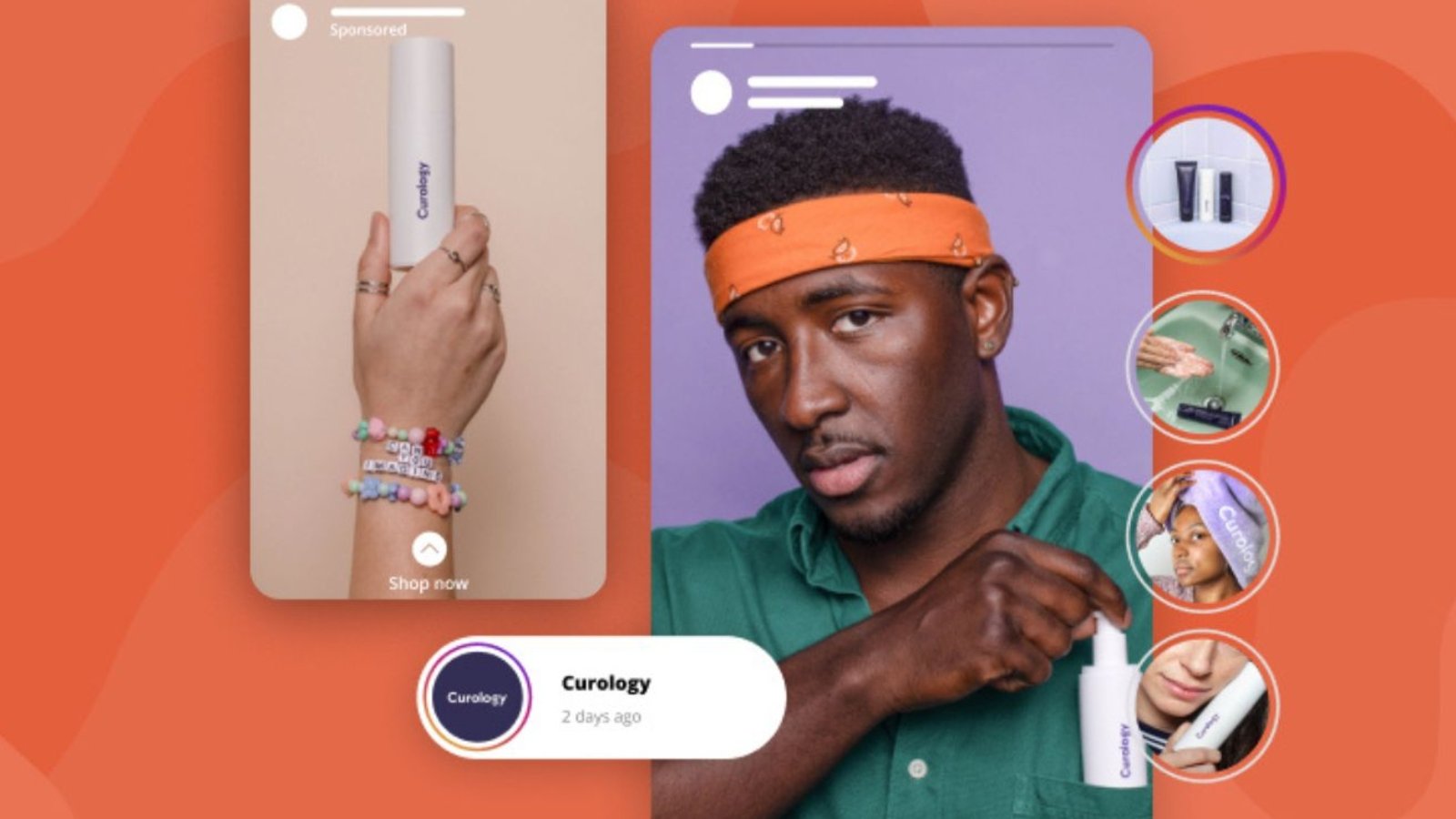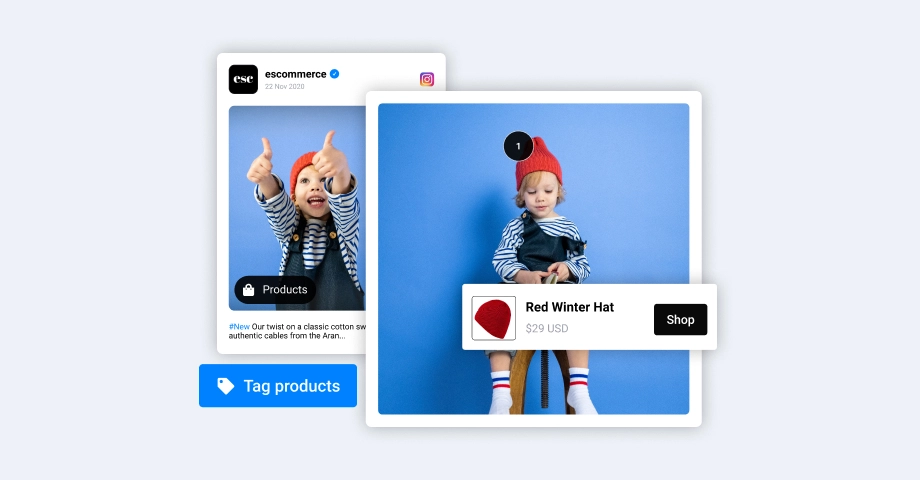In the evolving world of digital marketing, businesses are constantly looking for innovative ways to connect with their audience. One of the most effective strategies is the use of interactive content. Unlike traditional content that only involves reading or viewing, interactive content encourages active participation from users. This form of content is more engaging and can provide valuable insights into customer preferences and behavior.

What is Interactive Content?
Interactive content refers to any digital content that requires the active participation of the user. Instead of passively consuming information, users are invited to engage with the content by answering questions, clicking on elements, or completing tasks. This engagement makes interactive content more memorable and effective than traditional static content.
Some examples include quizzes, polls, surveys, interactive infographics, and calculators. These formats can be embedded into websites, social media, or email campaigns to encourage user participation.
To learn more about interactive content and its benefits, check out this guide from HubSpot.
Why Interactive Content Boosts Customer Engagement
- Increases User Participation
Interactive content naturally encourages users to take part. Whether it’s through a quiz, survey, or interactive video, users are motivated to engage rather than passively scroll through information. This makes the content more memorable and helps establish a stronger connection between the user and your brand.
A report by the Content Marketing Institute found that 81% of marketers believe interactive content grabs attention more effectively than static content. Engaging users in real-time through interactive elements keeps them on your page longer, reducing bounce rates and increasing the chance of conversion.
- Offers Personalized Experiences
content can be tailored to provide personalized experiences. For example, quizzes can deliver customized results based on the user’s responses, making the content feel more relevant. Personalized content increases customer satisfaction and is more likely to result in conversions.
A study by Epsilon revealed that 80% of consumers are more likely to make a purchase when brands offer personalized experiences. Interactive content provides the perfect platform for delivering these personalized experiences.
For more on how personalization impacts customer engagement, see this article by Forbes.
- Provides Valuable Customer Insights
content can collect data from users in real time. Quizzes, surveys, and polls offer insights into customer preferences, needs, and behaviors. This data can be used to refine your marketing strategy and create more targeted campaigns. The ability to gather feedback directly from customers makes interactive content a powerful tool for improving your offerings.
For more on gathering insights through interactive content, visit this post by Outgrow.
- Boosts Social Media Engagement
Interactive content is highly shareable, making it ideal for social media platforms. People love sharing quiz results, completing polls, or engaging with interactive infographics. This helps your content reach a broader audience and increases engagement on social media platforms.
Quizzes and polls on platforms like Instagram, Facebook, and LinkedIn also encourage immediate interaction, boosting your posts’ visibility. According to a report by Social Media Examiner, interactive content on social media generates 2-3 times more engagement than static content.

For insights on how interactive content can enhance your social media strategy, visit this guide by Sprout Social.
Types of Interactive Content to Use
- Quizzes and Polls
Quizzes and polls are some of the most popular forms of interactive content. They are simple to create and offer immediate results. Users enjoy quizzes because they are fun, and the results often provide personalized insights. Polls can be used to gather quick feedback from your audience, which is invaluable for understanding customer preferences.
Platforms like BuzzFeed have mastered the use of quizzes to engage their audience. You can use this format to boost engagement on social media or your website.

For more on creating engaging quizzes, see this guide by Typeform.
- Interactive Videos
Interactive videos allow users to make choices within the video, leading them to different outcomes based on their selections. This type of content is highly engaging as it gives users control over their experience. Interactive videos are excellent for storytelling, product demos, and educational content.
- Calculators
Calculators are practical tools that provide immediate value to users. For example, if you’re in the real estate business, offering a mortgage calculator on your website can attract potential buyers. Calculators can also be used in industries like finance, fitness, and e-commerce to help users make informed decisions.
Learn more about using interactive calculators in your marketing with this article by Neil Patel.
- Surveys and Assessments
Surveys and assessments not only engage users but also provide valuable insights for businesses. You can use surveys to collect customer feedback or run assessments that offer personalized recommendations based on the user’s responses. Surveys can be easily shared via email, social media, or your website to boost engagement.
- Interactive Infographics
Interactive infographics allow users to explore data visually by clicking on different sections or hovering over elements for more information. This makes complex information more digestible and engaging. Interactive infographics are particularly effective for data-heavy industries like finance, health, or education.
For tips on creating effective interactive infographics, check out this guide by Venngage.
How to Implement Interactive Content Successfully
- Know Your Audience
Before creating interactive content, understand what your audience wants and needs. Use analytics tools to determine what types of content your customers engage with the most. You can also use polls and surveys to gather insights about what your audience would like to see.
- Set Clear Goals
Establish clear goals for your interactive content. Are you trying to increase engagement, gather data, or boost conversions? Setting goals will help you measure the success of your content and optimize it for future campaigns.
- Keep It Simple
Interactive content should be easy to use. If the content is too complicated or takes too much time, users will quickly lose interest. Keep your quizzes, surveys, or calculators simple and straightforward to ensure a positive user experience.
- Promote on Multiple Channels
To maximize the reach of your interactive content, promote it across various channels. Share it on your website, social media platforms, email newsletters, and even paid ad campaigns. The more exposure your interactive content gets, the higher the engagement will be.
- Measure and Optimize
Track the performance of your interactive content using analytics tools. Measure metrics like completion rates, time spent on the page, and conversion rates. Use this data to make improvements and optimize future campaigns for better results.
For more on measuring the success of interactive content, visit this guide by Kissmetrics.
Conclusion
If you’re ready to boost customer engagement, consider adding interactive content to your marketing strategy. The benefits are clear: more personalized experiences, valuable data collection, and higher engagement rates across all platforms.
For more information on interactive content, explore this detailed guide by Content Marketing Institute.






















